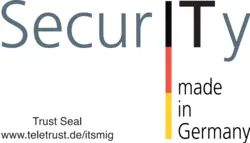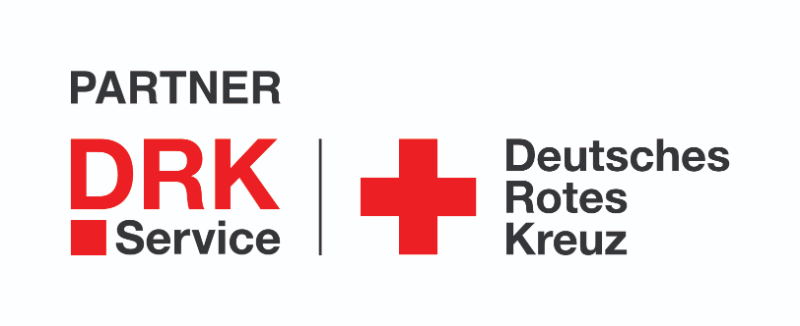Zero Trust Network Access (ZTNA)
ZTNA replaces the traditional, perimeter-based security model with a model in which no device or user is trusted in principle - even if they are within the network. Each access attempt is dynamically evaluated based on policies and context (identity, device state, location, etc.).
Secure access - no matter where you work
ZTNA enables secure access to internal systems - whether from the home office, on a business trip or directly from the company network.
Access rights according to the ‘need-to-know’ principle
Instead of granting blanket permissions, each user receives exactly the permissions they need - no more, no less.
Invisible line of defense - visibly more protection
ZTNA protects your systems in the background without restricting your teams in their day-to-day work.
From small teams to large structures
ZTNA grows with your company - and is up and running within a few hours.
ZTNA replaces complex network solutions
No more bulky VPN configurations - modern security no longer needs tunnel solutions.
ZTNA protects no matter which device is used
Whether laptop, smartphone or tablet - access is only possible with verified identities and trusted devices. This keeps your company network secure at all times.
What advantages does the Zero Trust Network Access model offer me?
Individual protection of the local company network against unauthorized access
Even if a device is physically connected to the network, it cannot gain access without valid authentication.
Securing remote access
Employees working from home or on the move can access internal applications securely - without the need for traditional VPNs.
Access control for external partners and service providers
Technicians, consultants or freelancers receive time-limited access to defined resources - without risk to the overall system.
Isolation of sensitive systems (e.g. financial systems, admin interfaces)
Only approved users and devices can access them - regardless of whether they are in the same network.
Prevent lateral movement during security incidents
ZTNA limits the movement of compromised accounts within the network - ideal for containing attacks.
Centralized management of decentralized teams
Distributed locations, hybrid working models and BYOD concepts can be managed securely and efficiently.
Häufig gestellte Fragen (FAQ)
Do we have to rebuild our infrastructure for this?
No, ZTNA can be easily integrated into existing environments. It does not replace systems, but adds an important security layer.
What happens with access from service providers or external partners?
With ZTNA, external access can be controlled granularly. You assign time-limited authorizations to exactly the systems that are needed - without opening up your entire network.
Does ZTNA also work with mobile devices?
Absolutely. ZTNA is platform-independent - it protects all common operating systems such as Windows, macOS, Linux, iOS and Android.
Do users have to log in again each time?
No - ZTNA can integrate existing identity solutions such as Single Sign-On (SSO). Access remains convenient without compromising security.
How time-consuming is the implementation?
It can usually be set up in just a few hours. Ongoing operation requires little maintenance - policies and access can be managed centrally.
Is ZTNA a replacement for firewalls or VPNs?
ZTNA complements traditional security measures or can even replace them in many cases - especially when flexible, context-based access controls are required.
Do users have to log in again each time?
No - ZTNA can integrate existing identity solutions such as Single Sign-On (SSO). Access remains convenient without compromising security.
How time-consuming is the implementation?
It can usually be set up in just a few hours. Ongoing operation requires little maintenance - policies and access can be managed centrally.
Is ZTNA a replacement for firewalls or VPNs?
ZTNA complements traditional security measures or can even replace them in many cases - especially when flexible, context-based access controls are required.
Emergency?
+49 157 92500100Headquarters Germany
Switzerland
This could also suit you
Selected Certifications











